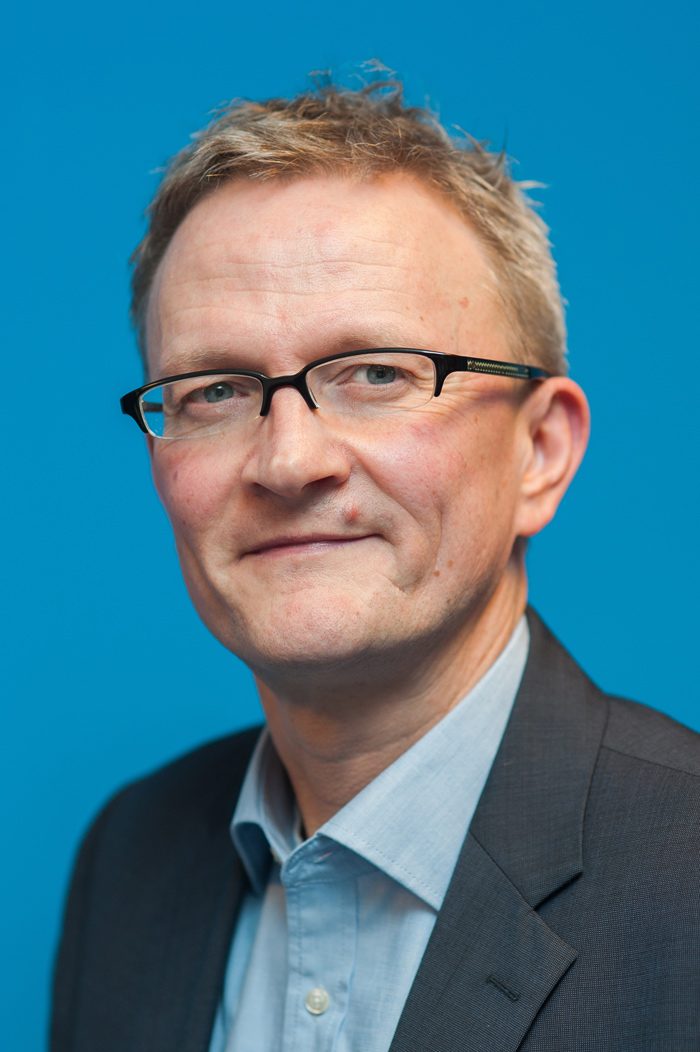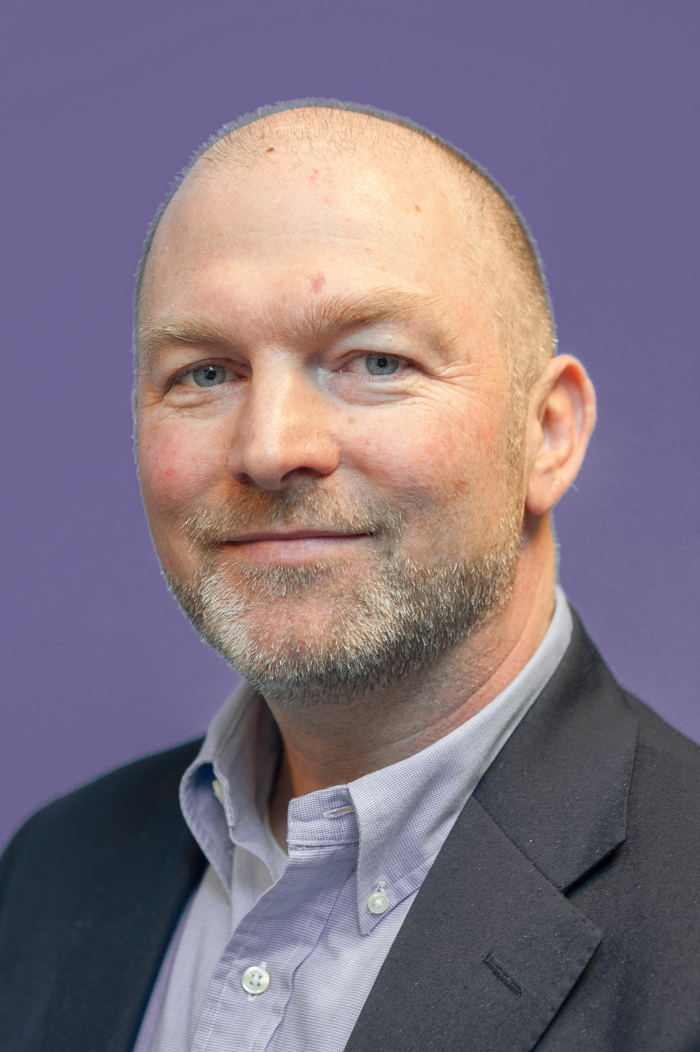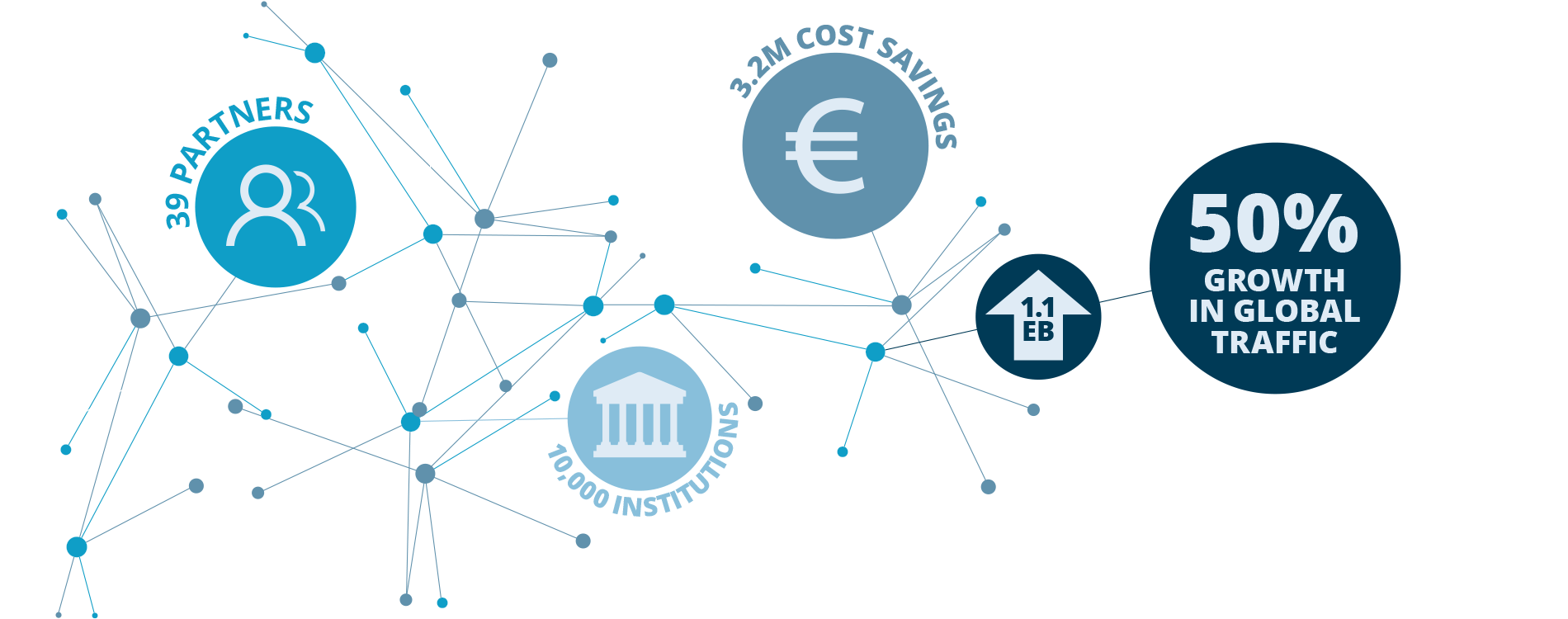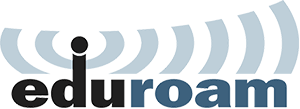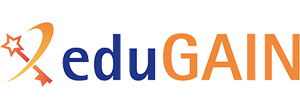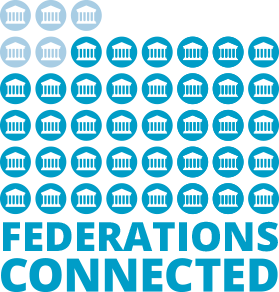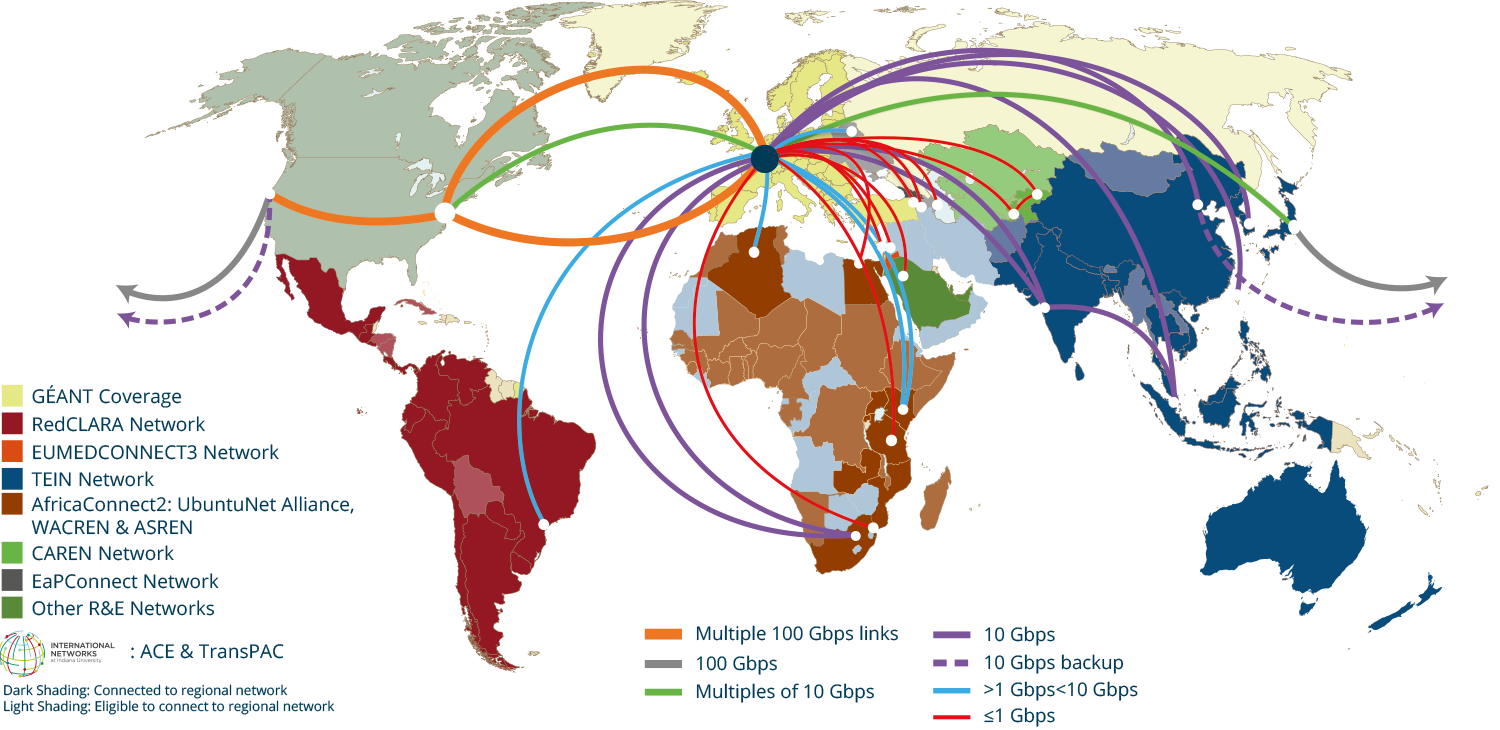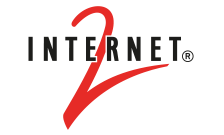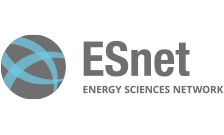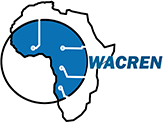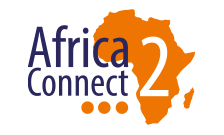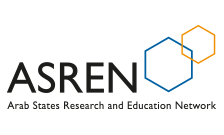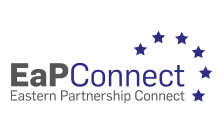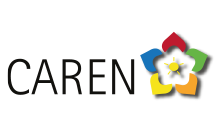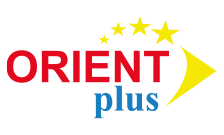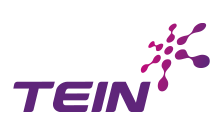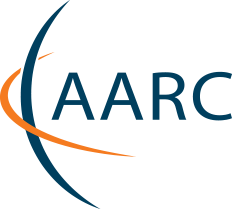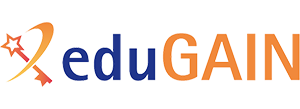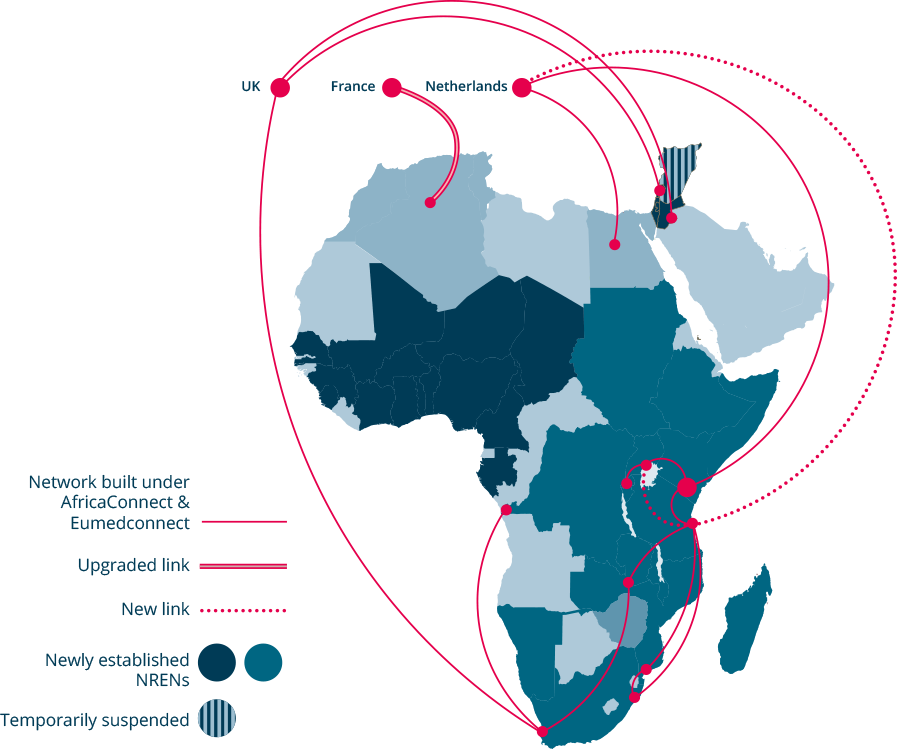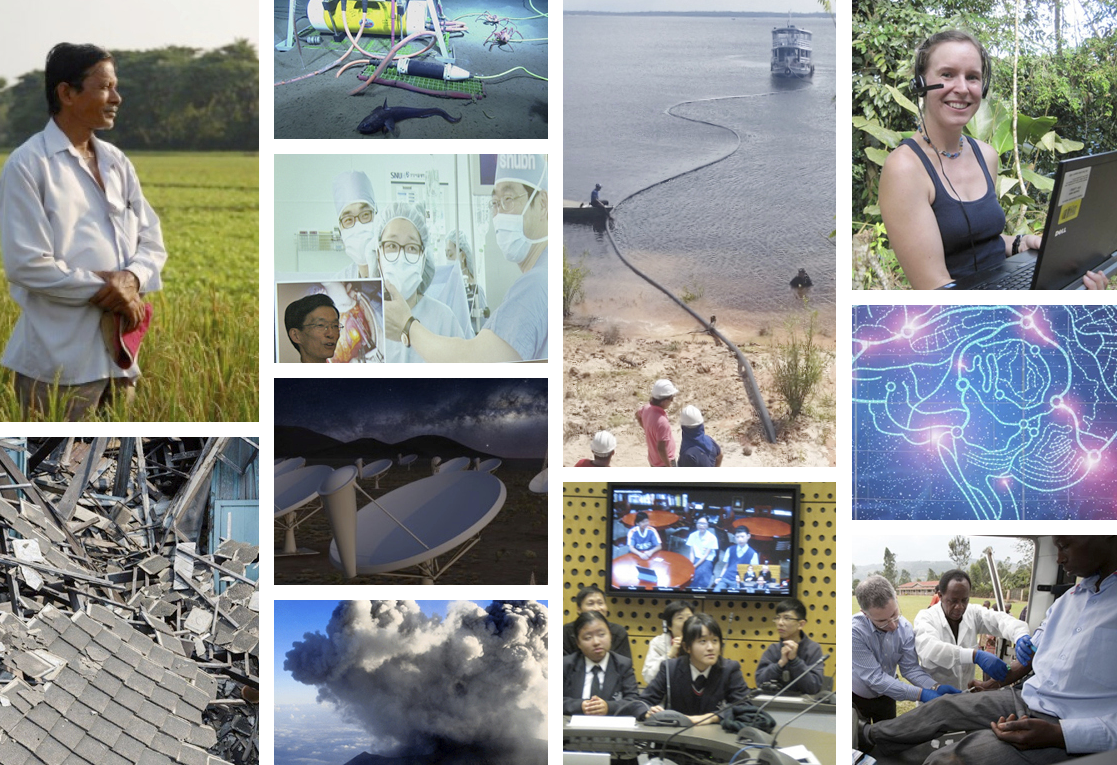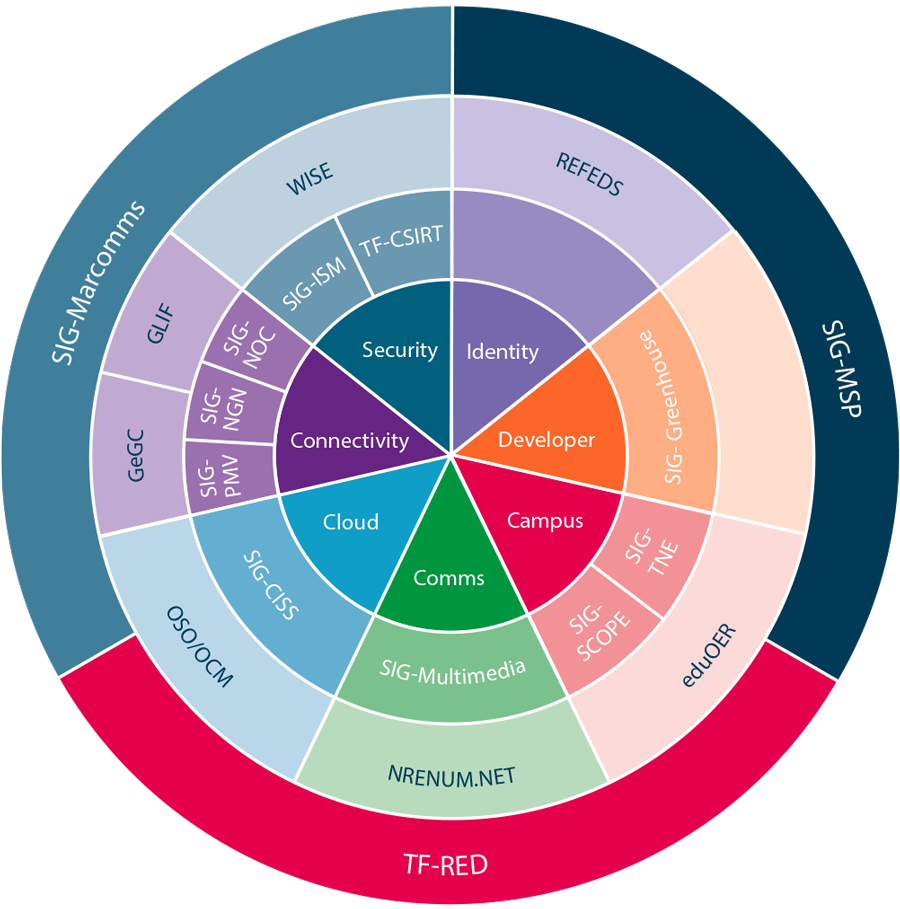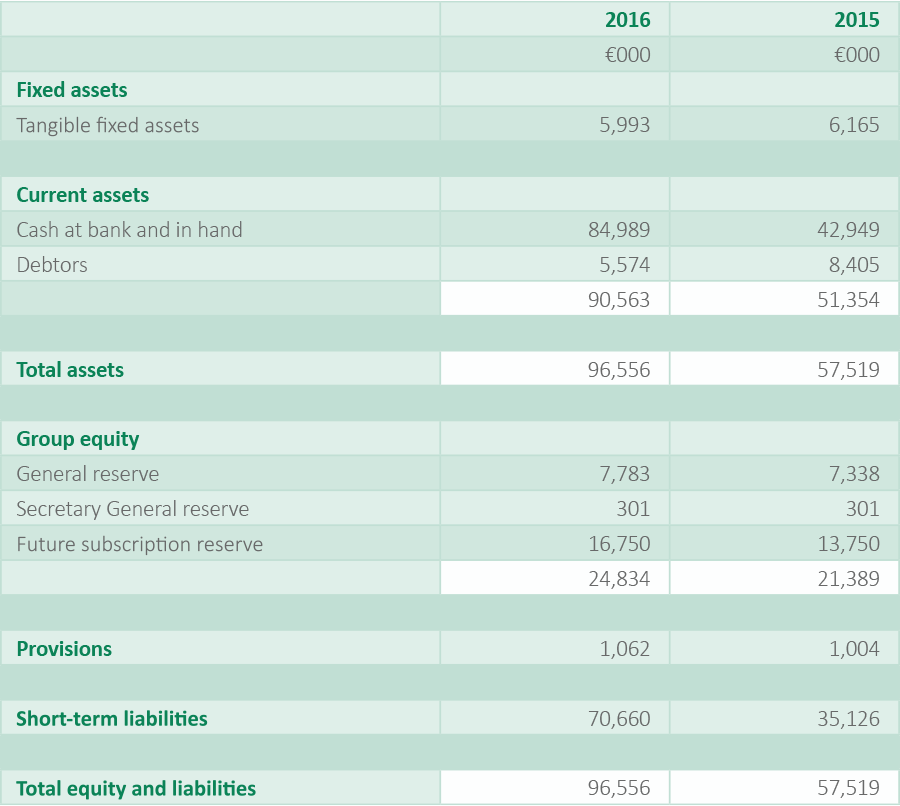2016 has been an eventful year for the world at a political and macroeconomic level. The entire research and education community has witnessed these events with some concern about their potential impact on international science collaborations and partnerships. Undoubtedly, the outcome of last year’s UK Referendum indicated the fragility of our environment and raised our awareness to care more about what we want to preserve and further develop. To ensure certainty on how to continue our collaborations has now become an even more important part of our mission; together GÉANT and its members remain committed to supporting global science across all borders.
The EU is keen for Europe to become more competitive in innovation and in the commercialisation of new technologies. The close collaboration in our community should inspire all sectors of society across borders to embrace the digitisation of industry and public/private services. In return, by enabling open science platforms for big data and individual content for life-long learning, digitisation will boost research and education globally.

